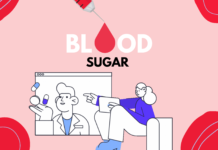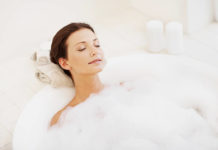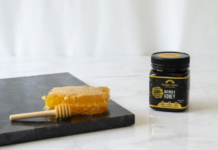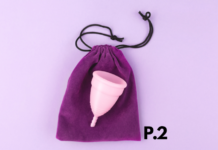Hydrotherapy, a practice steeped in history, harnesses the power of water to promote well-being and manage various health conditions. By utilizing water’s temperature, pressure, and mineral content, hydrotherapy offers a diverse range of therapeutic applications. This article delves into the world of hydrotherapy, exploring its mechanisms of action, various techniques, and potential benefits.
What is Hydrotherapy?
Hydrotherapy, also known as water therapy or aquatic therapy, is a therapeutic approach that utilizes water for promoting health and treating ailments. It encompasses a wide spectrum of techniques, each employing water’s unique physical properties – temperature, pressure, and buoyancy – to achieve specific therapeutic goals.
The documented use of hydrotherapy dates back centuries, with ancient civilizations like Egyptians, Greeks, and Romans employing various water-based practices for healing purposes. Today, hydrotherapy remains a relevant and complementary modality used in conjunction with conventional medicine for managing various conditions.
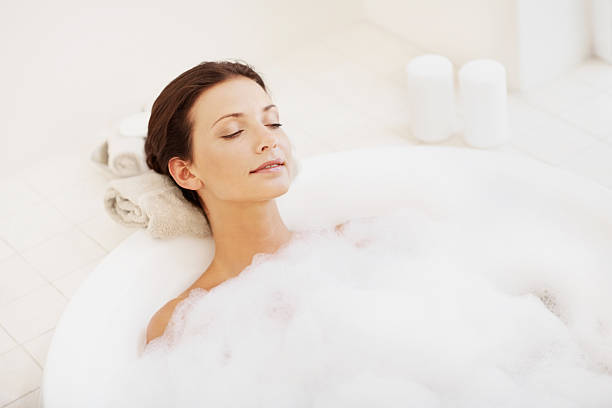
Mechanisms of Action in Hydrotherapy
Hydrotherapy exerts its therapeutic effects through a combination of mechanisms:
- Temperature Stimulation: Water temperature plays a pivotal role. Warm water promotes relaxation, eases muscle tension, and improves blood circulation. Conversely, cold water applications induce vasoconstriction (narrowing of blood vessels), which can reduce inflammation and swelling.
- Mechanical Stimulation: The pressure and movement of water provide a form of massage, stimulating the lymphatic system and promoting drainage of fluids. This can alleviate pain, improve circulation, and enhance joint mobility.
- Chemical Stimulation: Certain hydrotherapy techniques incorporate water with dissolved minerals or salts. These minerals are absorbed through the skin, potentially contributing to the therapeutic effects.
Diverse Techniques of Hydrotherapy
The versatility of hydrotherapy manifests in a multitude of techniques, each tailored to address specific needs:
- Soaking Baths: Immersing oneself in a bath filled with water of varying temperatures is a fundamental hydrotherapy technique. Hot baths promote relaxation, while warm baths can ease muscle aches and stiffness. Conversely, cool or cold baths may be used to invigorate and reduce inflammation.
- Showers: Alternating hot and cold showers, also known as contrast therapy, can stimulate circulation and improve alertness. Showerheads with adjustable spray patterns deliver a massaging effect, potentially easing muscle tension.
- Sitz Baths: This technique involves sitting in a tub filled with warm water to a level just above the hips. Sitz baths are commonly used for managing pain and discomfort in the perineal region, including hemorrhoids and postpartum discomfort.
- Whirlpools and Jet Sprays: These techniques employ pressurized water jets directed at specific body areas. The concentrated water flow provides a deep massage, promoting relaxation, pain relief, and improved circulation.
- Colon Hydrotherapy: This controversial technique involves flushing the colon with large volumes of water. While some proponents claim it promotes detoxification, its efficacy and safety remain debatable. It’s crucial to consult a healthcare professional before considering colon hydrotherapy.
- Saunas and Steam Baths: These involve exposure to dry or moist heat, respectively. The elevated temperatures promote sweating, potentially aiding in detoxification and relaxation. Saunas and steam baths can also help relieve muscle tension and stiffness.
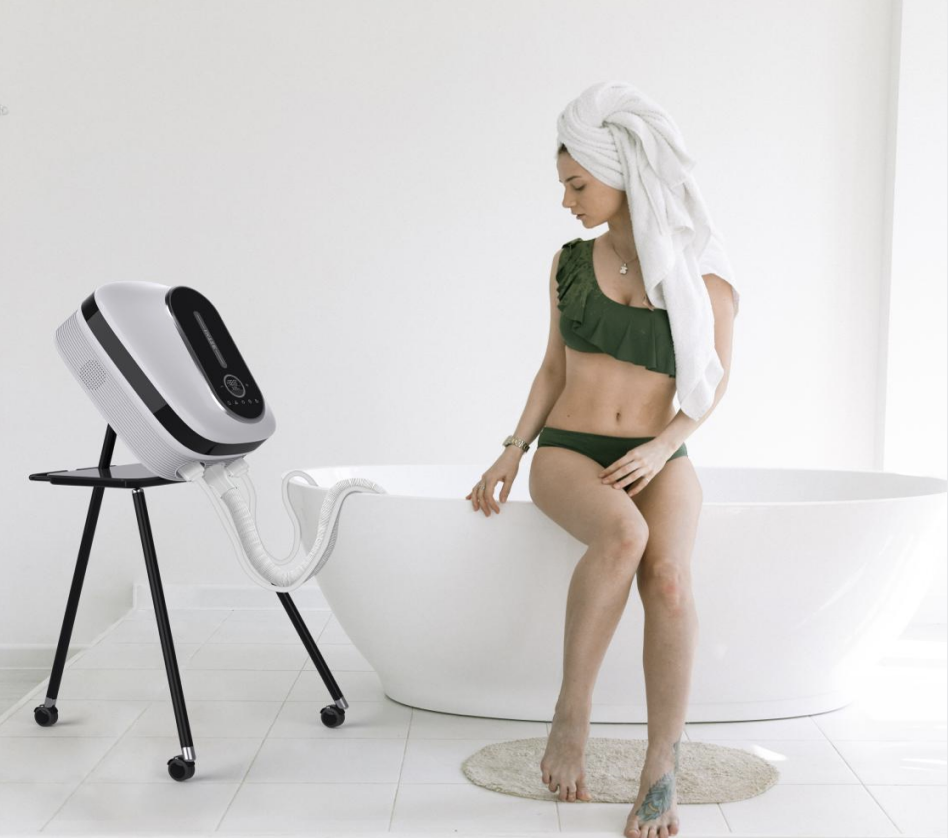
Tailoring Hydrotherapy for Specific Needs
The specific application of hydrotherapy techniques depends on the desired outcome. Here are some examples:
- Pain Management: Warm baths, whirlpools, and contrast therapy can all contribute to pain relief by promoting muscle relaxation, reducing inflammation, and improving circulation.
- Stress Reduction: Warm baths with essential oils or Epsom salts, as well as saunas and steam baths, can promote relaxation and ease anxiety.
- Improved Circulation: Alternating hot and cold showers, whirlpools, and exercise in a warm-water pool can all stimulate circulation.
- Rehabilitation: Aquatic therapy, a form of hydrotherapy involving exercises performed in a warm-water pool, is beneficial for rehabilitation after injuries or surgeries. The buoyancy of water reduces stress on joints, allowing for a more comfortable and effective exercise experience.
- Skin Conditions: Saltwater baths and mineral baths may be helpful for managing certain skin conditions like psoriasis and eczema.
Safety Considerations in Hydrotherapy
While generally safe, hydrotherapy does have some potential risks:
- Burns: Improper water temperature, particularly in hot baths or saunas, can lead to burns. It’s crucial to maintain a comfortable temperature and avoid prolonged exposure.
- Drowning: Soaking baths and whirlpools pose a drowning risk, especially for young children or individuals with limited mobility. Supervision is essential in such situations.
- Dehydration: Saunas and steam baths can lead to dehydration. It’s important to stay hydrated by drinking plenty of water before, during, and after using these facilities.

